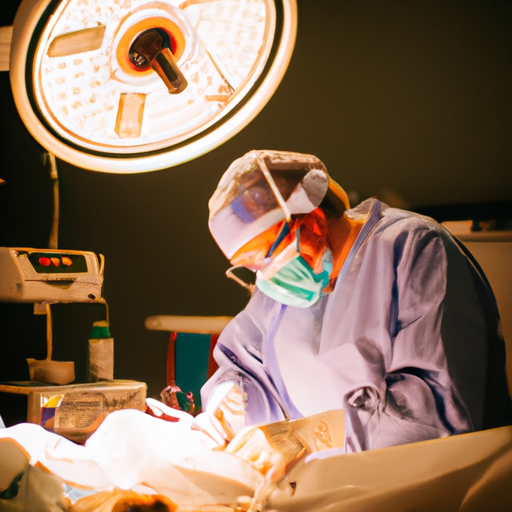Introduction
You’re here because you care deeply about the well-being of your furry friend. Spaying your female dog is a big decision, and you’ve come to the right place to learn more about the process. Let’s dive into the details together.
What is Spaying?
Spaying, medically known as an ovariohysterectomy, is a surgical procedure performed on female dogs to remove their reproductive organs — the ovaries and uterus. It’s a common practice around the world, and for good reason:
- Prevents unwanted pregnancies
- Reduces the risk of certain diseases
- Helps curb behavioral issues related to the reproductive cycle
The Process of Spaying
Let’s walk through the process of spaying, step-by-step:
- Pre-surgical Exam: Your vet will perform a thorough physical examination to ensure your dog is healthy enough for surgery. This may include blood tests and other diagnostic procedures.
- Anesthesia: Your dog will be placed under general anesthesia to ensure she doesn’t feel any pain during the procedure.
- Surgery: The vet will make an incision on your dog’s lower abdomen, remove the ovaries and uterus, and then close the incision with sutures.
- Recovery: Post-surgery, your dog will be monitored until she wakes up from the anesthesia. Your vet will give you instructions for at-home care.
| Step | Time Frame |
|---|---|
| Pre-surgical Exam | 1-2 days before surgery |
| Surgery | 1-2 hours |
| Recovery | 2-3 weeks |
Post-Surgery Care
After the surgery, your dog will need some special care:
- Provide a quiet, comfortable place for rest.
- Monitor the incision site for signs of infection, such as redness, swelling, or discharge.
- Limit physical activity until your vet gives the all-clear.
- Follow your vet’s instructions for pain management and feeding.
Spaying Myths Debunked
Let’s debunk some common myths about spaying:
- Myth: Spaying changes a dog’s personality.
-
Fact: Spaying simply removes the hormones that cause heat cycles and breeding behaviors. It will not change your dog’s fundamental personality traits.
-
Myth: It’s better to let a dog have one litter before spaying.
- Fact: There’s no evidence to support this claim. In fact, spaying before the first heat cycle can significantly reduce the risk of mammary cancer.
Frequently Asked Questions
Can my dog become overweight after spaying?
Weight gain can occur if diet and exercise aren’t properly managed post-surgery. Regular exercise and a balanced diet should keep your dog in good shape.
Are there any risks associated with spaying?
Like any surgical procedure, spaying carries some risks such as reactions to anesthesia, infection, and bleeding. However, these risks are relatively low, and the benefits of spaying generally outweigh them.
When is the best time to spay my dog?
Typically, it is recommended to spay dogs between 6 and 9 months of age. However, dogs can be spayed at any age. Consult with your vet to determine the best time for your dog.
Your role as a caregiver is vital in helping your dog navigate this process. With your love and care, your furry friend will be back to her playful self in no time.



